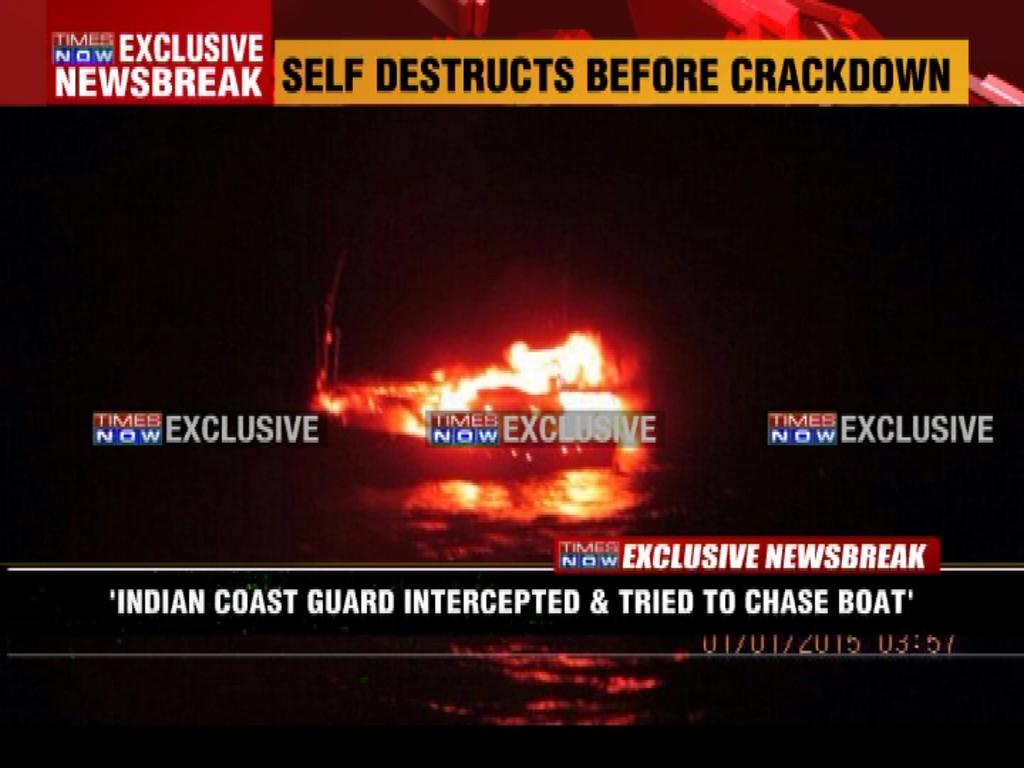thunderchief
Senior Member
My take on whole situation :
- Rafale deal is dead or half-dead . Many reasons for that and I would not dwell on them, but we have Defence Minister making statements about it, so it is very serious .
- India wants FGFA to be introduced earlier because there would be no Rafales. In order to do that, first batch of FGFA would most likely be almost same as Russian PAK FA (scheduled for 2016)
- Su-30 MKI will bridge the gap until things above happen . Since there is no immediate threat of war, this should be enough.
- Rafale deal is dead or half-dead . Many reasons for that and I would not dwell on them, but we have Defence Minister making statements about it, so it is very serious .
- India wants FGFA to be introduced earlier because there would be no Rafales. In order to do that, first batch of FGFA would most likely be almost same as Russian PAK FA (scheduled for 2016)
- Su-30 MKI will bridge the gap until things above happen . Since there is no immediate threat of war, this should be enough.







